Wildlife
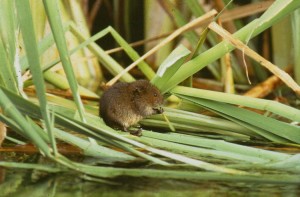
Water Vole
Often referred to as Britain’s fastest declining mammal, we are working hard to ensure water voles continue to survive on the Letcombe Brook. Although now a protected species, habitat loss and predation by mink means they are still in decline nationally. Water vole need lots of marginal vegetation to thrive, this provides both food and shelter from their many predators! They make burrows in the riverbank with some entrances under water and some above which they use to escape.
Their presence is also given away by latrines – piles of droppings which are the same shape and size as a tic-tac, or piles of chopped up food material bitten off at a distinctive 45o angle that is stashed for later consumption.
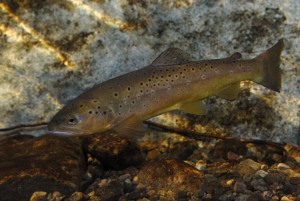
Brown Trout
Wild brown trout are found throughout Letcombe Brook but populations have declined in sections where the brook has become overshaded by trees leading to a bare river bed with few places to hide and less invertebrates to feed on. They also need clean gravel beds to spawn on so diffuse pollution leading to the river bed being covered in silt can be a real problem.
A beautiful fish with brown, silver and yellow hues overlayed with spots of red, brown and yellow. Once common in many of Britain’s rivers they now only survive where water is of a high quality.
There are no fishing permits issued for the Letcombe Brook so please just enjoy watching them rather than trying to catch them!
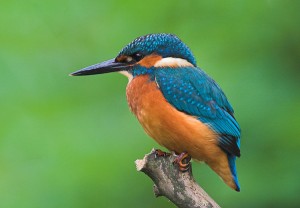
Kingfisher
This beautiful bird can be seen even in the middle of Wantage darting along the riverbank, or if you are lucky, perched up on a bankside tree. Kingfisher breed in bankside tunnels rather than nests in trees so few places on Letcombe Brook provide suitable nesting habitat. The clear shallow waters and healthy population of fish provide great feeding opportunities though so keep an eye out for that flash of blue or that peeping call as one hurtles by. The BBOWT reserve at Letcombe is a good place to spot them but they can be seen anywhere along the brook, even in the middle of Wantage.
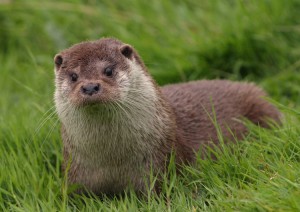
Otter
The otter has made an amazing recovery in recent years and has now been using Letcombe Brook for a few years. Sightings are very infrequent due to their largely nocturnal habits but they do leave signs behind such as footprints and spraint (poo) so that we know they have been about. The spraint is usually left at prominent points on the riverbank to mark their territory and usually contains fish bones and bits of crayfish. Although they do eat a few trout we are delighted to have the otter back on the Letcombe Brook!
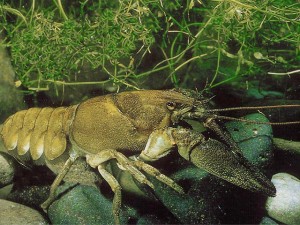
Crayfish
Native (White-clawed) crayfish did survive in the Letcombe Brook until quite recently but with the arrival of signal crayfish and the plague they carry they have now been lost from the brook, and most of England’s rivers. Once signal crayfish arrive its impossible to get rid of them and they are very numerous and grow very large looking like a mini-lobster. It is possible to set traps for crayfish but a licence must be obtained from the Environment Agency – this ensures traps are safe and will not drown other wildlife such as otters which can get stuck in poorly designed crayfish traps.
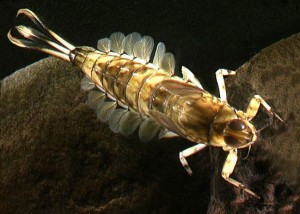
Freshwater Invertebrates
A great range of insects start off life in water and the larvae of many species of beetle, damselfly, midge, caddis fly and mayfly live in the Letcombe Brook. As some species are very intolerant of pollution, they can be good indicators of water quality. For that reason Letcombe Brook Project have a team of volunteers that monitor invertebrate populations at several locations along the brook every month of the year. We also run regular river dipping sessions with the Vale and Downland Museum, Wantage so look out for opportunities to come and learn more!
Wildlife Spotting
Letcombe Brook provides a home for many more species of plants and animals so why not go exploring and see what you can find. Look out for events, guided walks or education sessions run by LBP aimed at helping people learn more about the life of Letcombe Brook. Also don’t forget to let the Project Officer know if you have an exciting wildlife encounter on Letcombe Brook!

